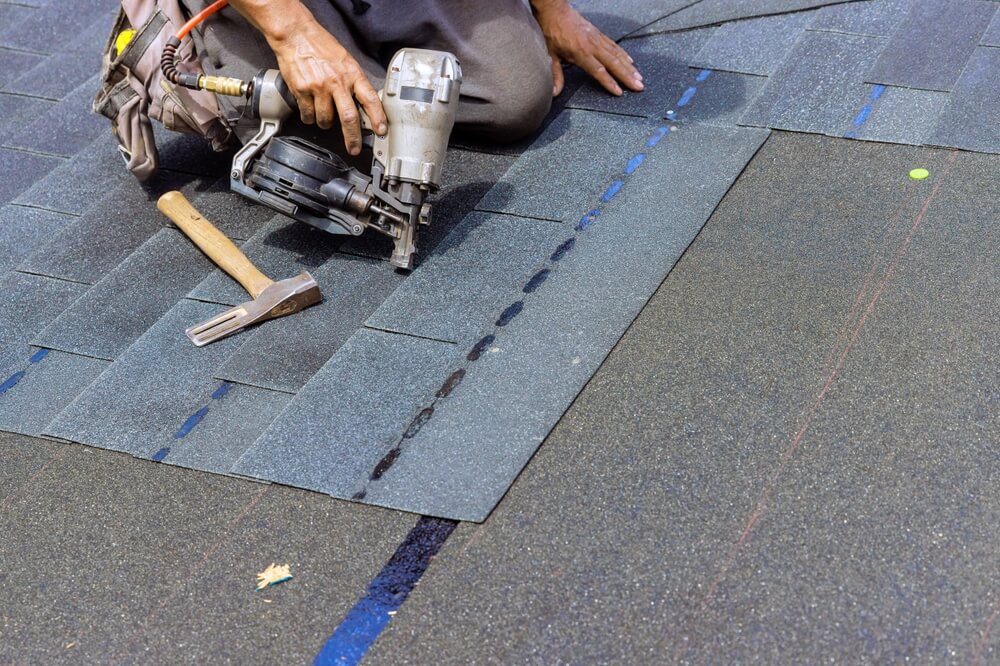
When a storm hits or an unexpected incident occurs, the immediate concern is often about the cost of repairs. However, many homeowners are unaware that their insurance policy might cover these expenses. Understanding the steps to get insurance to pay for roof replacement can save you thousands of dollars and a lot of headaches. Here’s a comprehensive guide on how to navigate the process and maximize your chances of a successful insurance claim.
Understanding Your Insurance Policy

Policy Inclusions and Exclusions
Most homeowner’s insurance policies cover roof damage caused by unexpected events like fire, hail, windstorms, or falling objects. However, they may exclude damage resulting from wear and tear, lack of maintenance, or certain natural disasters like floods or earthquakes. Reviewing the inclusions and exclusions in your policy will help you understand whether your roof damage qualifies for a claim.
Depreciation and Deductibles
Insurance policies often factor in depreciation when assessing roof damage claims. This means the older your roof, the less money you may receive for its replacement. Additionally, you’ll need to consider your policy’s deductible, which is the amount you must pay out of pocket before insurance kicks in. Ensure you know these details to avoid unexpected costs.
Documenting the Damage
Proper documentation is key to a successful insurance claim for roof replacement. The more evidence you can provide, the stronger your case will be.
Conducting a Thorough Inspection
Start by conducting a thorough inspection of your roof. Look for visible signs of damage such as missing shingles, cracks, or leaks. Take clear, high-resolution photos and videos of all the affected areas. If possible, time-stamp your images to show when the damage occurred.
Hiring a Professional
While a DIY inspection is a good starting point, hiring a professional roofer to assess the damage can add credibility to your claim. A roofer can provide a detailed report outlining the extent of the damage and an estimated cost for the repairs or replacement. This professional assessment can be invaluable when presenting your case to the insurance company.
Filing the Insurance Claim
Once you have your documentation in order, it’s time to file your claim. Understanding the proper steps and being prepared can help streamline the process.
Contacting Your Insurance Company
Notify your insurance company of the damage as soon as possible. Most insurers have a specific timeframe within which you must report damage, so don’t delay. Provide them with all the necessary information, including your policy number, a detailed description of the damage, and your documentation.
Submitting Required Documentation
Submit all your collected documentation, including photos, videos, and the professional roofer’s report. Be thorough and organized; missing documents can delay the processing of your claim.
Dealing with the Insurance Adjuster
After you file your claim, the insurance company will send an adjuster to assess the damage. Knowing how to interact with the adjuster can significantly impact the outcome of your claim.
Being Present During the Inspection
If possible, be present during the adjuster’s inspection. This allows you to point out specific areas of damage and provide context. You can also share the professional roofer’s report directly with the adjuster.
Negotiating the Claim
Once the adjuster has completed their assessment, they will provide a report to the insurance company. Be prepared to negotiate if their assessment differs significantly from your roofer’s report. Providing additional evidence or requesting a second opinion can sometimes help in achieving a fair settlement.
Ensuring a Smooth Roof Replacement Process
After your claim is approved, the next step is to ensure the roof replacement process goes smoothly.
Choosing the Right Contractor
Select a reputable roofing contractor with experience in handling insurance claims. They should be licensed, insured, and able to provide references from past clients. A good contractor can also assist with any additional documentation the insurance company might require.
Keeping Track of Expenses
Keep detailed records of all expenses related to the roof replacement, including receipts and invoices. This will help you stay organized and ensure you receive the correct reimbursement from your insurance company.
Conclusion

